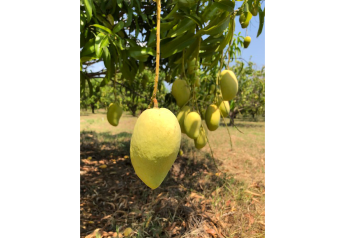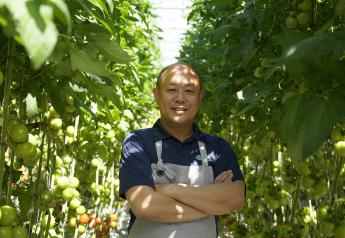Strategies outlined to reduce food waste

All parts of the supply chain should take steps to reduce food waste, and C.J. Pakeltis of solutions provider RizePoint has suggestions to get to that goal.
By following several recommendations, businesses can save money, increase profits, spotlight commitment to sustainability and help the environment, according to a news release.
To reduce food waste, Pakeltis said in the release that companies can:
- Upgrade inventory and ordering systems with the latest technology: He said better inventory management helps companies decrease food waste and expense. "Also, implement a digital system to accurately predict what products you’ll need," he said. "This will result in more accurate data, a better understanding of food order patterns, and less food waste.”
- Optimize your supply chain; Reducing the time it takes to get your products on store shelves will decrease food waste, according to the release;
- Practice good stock control. Efficient ordering and stock rotation will minimize food spoilage and waste, the release said. Food should be clearly labeled with “best before” or “sell by” dates, and all employees should practice proper “first in, first out” inventory management;
- Elevate food packaging. Develop more innovative packaging solutions, such as embedding silver nanoparticles into plastic milk bottles to double the length of time before milk spoils, the release said;
- Feed hungry people: Donate unused but still good food;
- Feed hungry animals. The release said the St. Paul Public Schools in Minnesota gives an average of seven tons of food scraps per day to a local pig farm, and that has allowed the schools to save $817,000 – enough to hire three full-time teachers;
- Recycle: California has just launched a food waste recycling program, the largest of its kind in the U.S., according to the release. Cities in the program will compost organic waste, turning it into fertilizer, or harvest methane from rotting waste, burning it to generate power.
- Realize that small changes matter. Making seemingly small changes will add up over time, reducing waste, protecting our environment and boosting the bottom line.
Related articles:
Young consumers place heavy emphasis on attention to sustainability
Stemilt Growers advances sustainability initiatives







